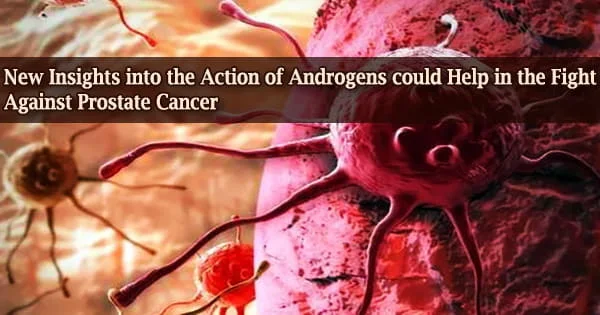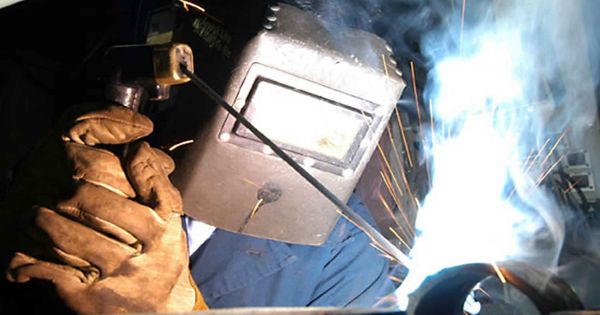Researchers at the University of Virginia Cancer Center have discovered new information about how androgen hormones affect human cells, which could help in the development of improved treatments for prostate, ovarian, and breast cancers.
When cells in the prostate gland begin to grow out of control, prostate cancer develops. The prostate gland is only found in men. It produces some of the fluid found in sperm. The findings offer light on how androgens regulate gene activity by interacting with their receptors inside cells.
Both healthy cells and some malignancies rely on this process. Hormone therapy for prostate cancer, for example, seeks to inhibit or prevent the body from producing androgen, which fuels cancer cells.
However, the strategy does not work for some guys, and it finally fails for others. As a result, scientists are eager to learn more about how androgen interacts with our cells and cancer. Adenocarcinomas account for nearly all prostate cancers. These tumors arise from the cells of the glands (the cells that make the prostate fluid that is added to the semen).
“Our study reveals a new mechanism for how androgen regulates communication within prostate cancer cells,” said Bryce M. Paschal, PhD, of the University of Virginia School of Medicine’s Department of Biochemistry and Molecular Genetics.
“Anti-androgen therapies continue to be the cornerstone for prostate cancer therapy. The better we understand how androgens work, the better clinicians will be positioned to understand why it fails, and how even better therapies can be designed.”
Prostate cancers can grow and spread quickly in some cases, although most do not. In reality, postmortem examinations have revealed that many older men (and even some younger men) who died of various causes also had prostate cancer that they had never experienced during their lifetimes. In many situations, neither they nor their doctors were aware that they were suffering from it.
Our study reveals a new mechanism for how androgen regulates communication within prostate cancer cells. Anti-androgen therapies continue to be the cornerstone for prostate cancer therapy. The better we understand how androgens work, the better clinicians will be positioned to understand why it fails, and how even better therapies can be designed.
Bryce M. Paschal
Androgen and Cancer
Paschal and his colleagues describe how a complex signaling system governs androgen receptor function in a new research published in the scientific journal Nature Communications. They discovered that the system modifies cellular proteins using a “writer” and a “reader,” similar to how a computer reads and writes data.
Scientists have recognized the significance of these changed proteins, but determining how they affect androgen receptors has proven challenging. Paschal and his SOM team discovered that an enzyme produced by the PARP7 gene, Parp7, is crucial to the regulatory process.
Prostate cancer may begin as a pre-cancerous disease, according to some study, albeit this is not proven. When a man has a prostate biopsy, these disorders are sometimes discovered (removal of small pieces of the prostate to look for cancer).
Parp7 belongs to a group of enzymes that are engaged in a variety of biological processes, including DNA repair. Certain cancer medications already target Parp enzymes and are used to treat prostate, ovarian, and breast cancers in people with DNA-repair gene abnormalities.
While androgens are most commonly associated with prostate cancer, they may also have a role in ovarian and breast cancer.
Paschal’s new findings shed new light on these Parp medicines, perhaps paving the way for better treatments that assist patients achieve the best results. Furthermore, Paschal and his colleagues discovered that prostate cancer that has migrated to other parts of the body has lower levels of Parp7 than initial tumors.
According to the researchers, this could indicate that a decrease in Parp7 is linked to illness progression. Paschal and his colleagues have provided scientists with vital new avenues to investigate in the fight against prostate and other cancers thanks to their new androgen findings.
“Our next steps will be to use preclinical models to determine the role this pathway plays in prostate cancer progression, and whether inhibition of the pathways slows disease,” Paschal said.
“We are very excited by what we have learned thus far. Our study emphasizes there is still so much to be learned, and that basic science plays a critical role in defining the molecular context for enzyme and drug action.”
















